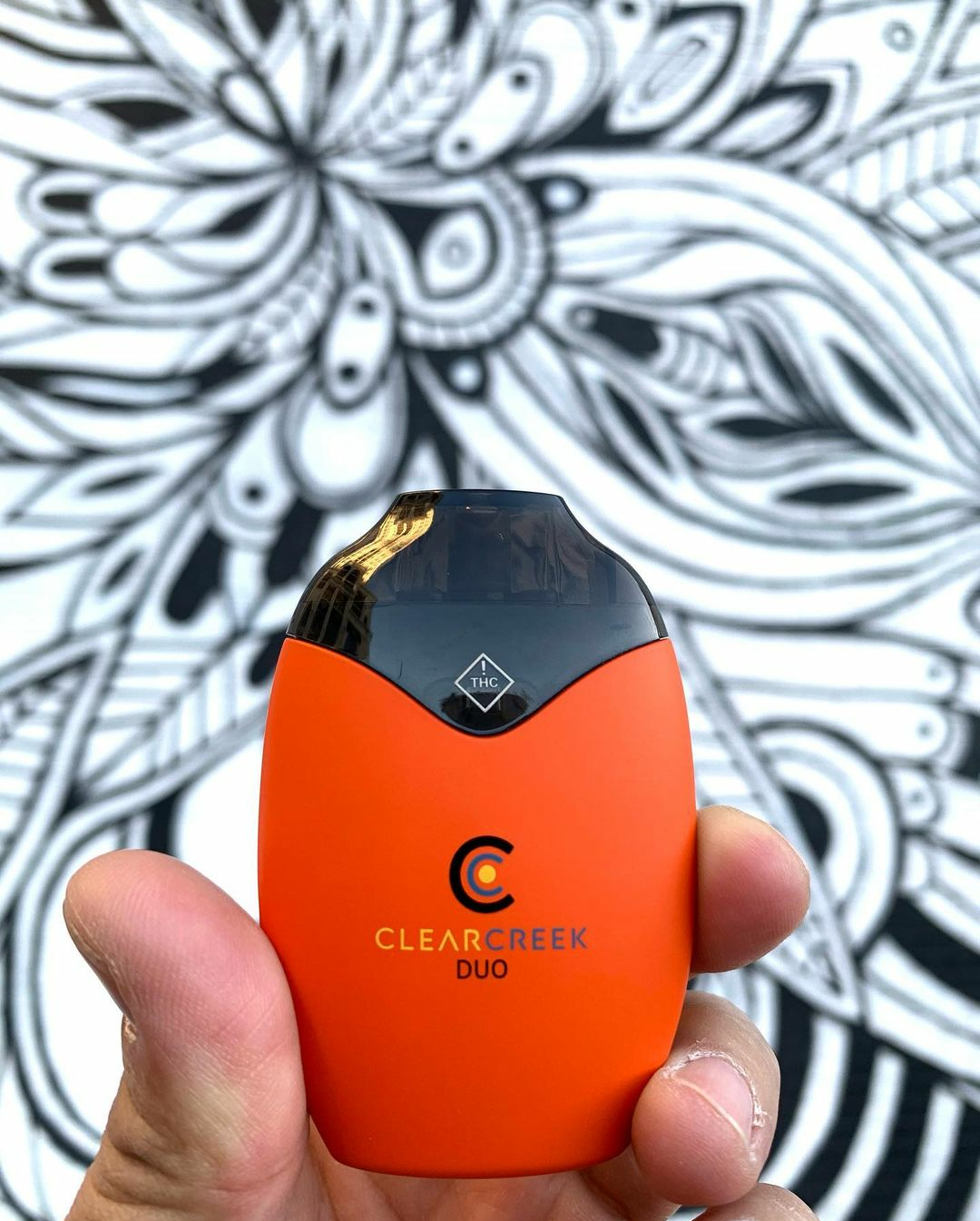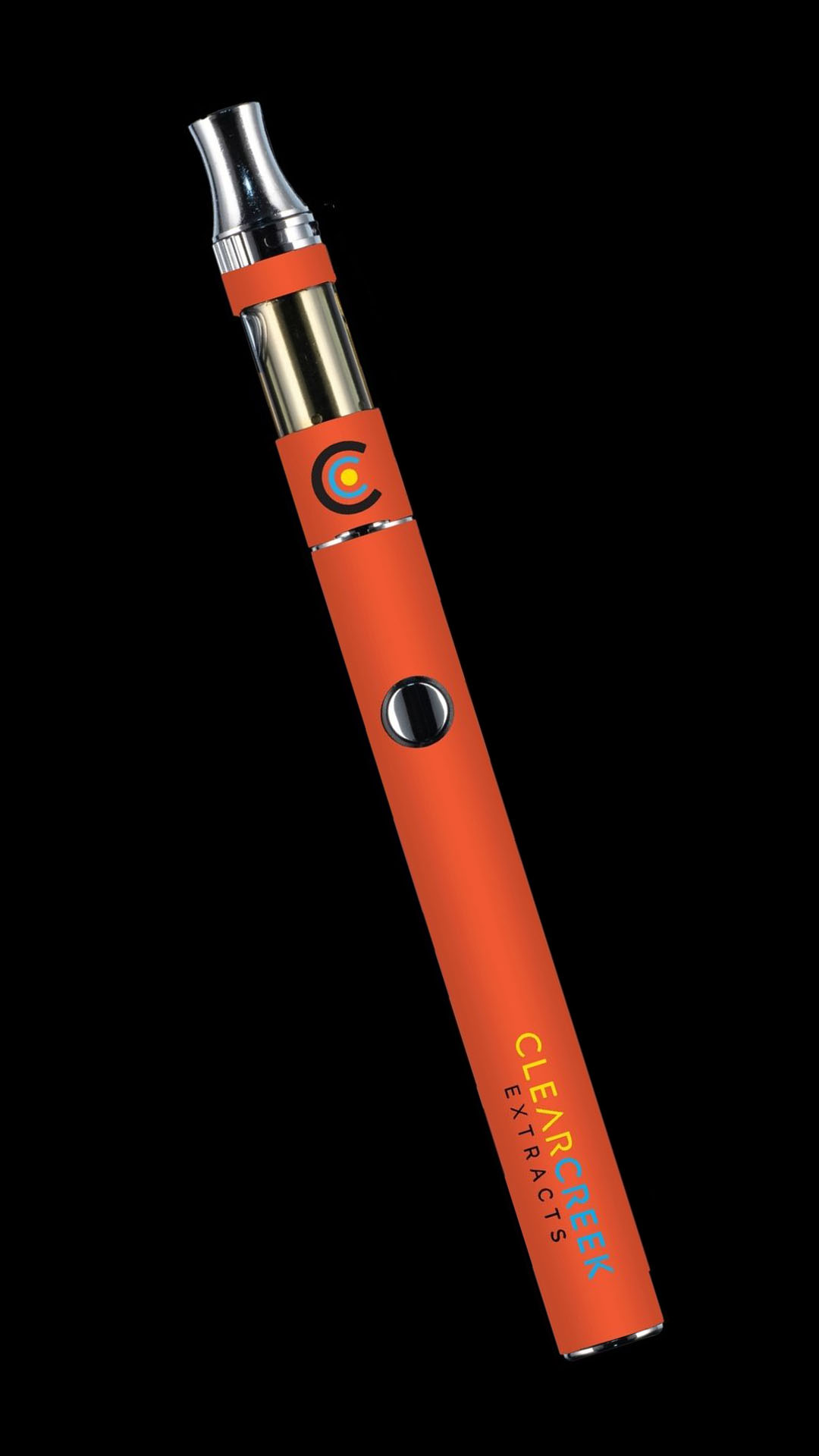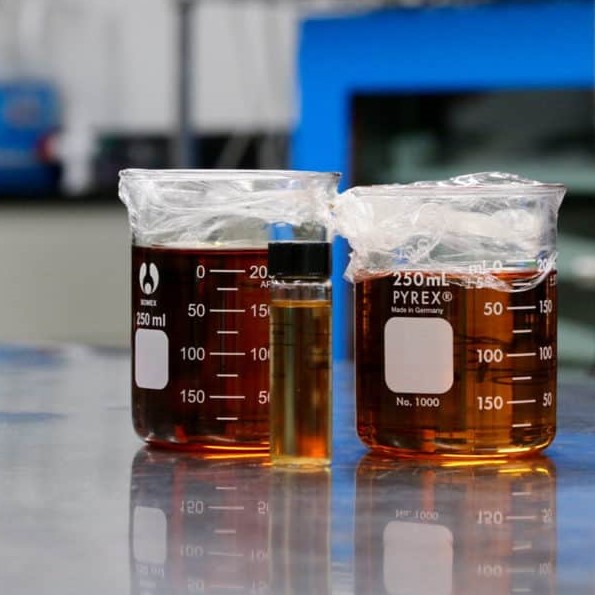Vaping is a relatively new delivery method for cannabis that has risen in popularity over the last several years. Vaping heats cannabis without igniting it, creating a vapor to disseminate cannabinoids and terpenes into your bloodstream through a vaporizing device that generates a fine mist. This makes them different from traditional smoking devices like pipes and bongs, which deliver smoke into your lungs.
The vaping sector of the cannabis industry has been developing quicker than the scientific community has been evaluating the potential health risks of both formulations and devices. As a result, it’s important to learn all you can so you can make the best decisions for yourself. If you take one thing away from this guide, it should be to always choose products from the legal, regulated market. Here’s everything consumers need to know about cannabis vapes.
Types of Vaping Devices
Vaping devices come in many forms, such as vape pens, e-cigarettes, dab pens, and desktop vapes. Although some devices allow you to consume both concentrates and flower, most are designed to be used exclusively with one or the other. Depending on your lifestyle, you may prefer one type of device over another. For example, if you’re always on the run, you may prefer a vape pen that you can keep in your pocket or purse. If you only consume at home, you may prefer a desktop device, such as the famous Volcano, to which a study the NIH published gave a stamp of approval.

Whichever you choose, it’s helpful to have one that includes a temperature control since the flower or concentrate you vape may need a higher or lower temperature in order to deliver the maximum amount of cannabinoids and/or terpenes available.
Electronic cigarettes, popularly called e-cigarettes, are similar to vape pens yet are typically used with formulas containing nicotine to simulate tobacco smoking.
Types of Concentrates
There is also a wide variety of cannabis extracts or concentrates. For vape pens, distillate is most commonly used for its desirable potency, versatility, and typical lack of flavor or aroma. This refined oil has been stripped of all materials and undesirable compounds except one specific cannabinoid, such as THC or CBD. It can be used to dab, vaporize, and as an ingredient to make edibles, topicals and other cannabis products. Terpenes can also be added to distillates to create various flavor profiles and to alter the effects.
There are also other concentrates, like full-spectrum extracts, shatter, budder, wax, rosin and CO2 oils, which all contain more robust cannabinoid profiles that evoke different experiences.
Cannabis concentrates are thick, and many vape cartridges used in vape pens and e-cigarettes need a less viscous substance to properly vaporize. Thinners or cutting agents, such as PEGs (polyethylene glycols), glycerin, or MCT oils are used by many companies to liquefy these extracts.
Vaping vs. Smoking Cannabis
For those used to smoking cannabis, a common experience when vaping is a clearer high. However, people often debate whether vaping gets you higher than smoking, and if it’s better or worse for the body overall.

A study published by JAMA Open Network revealed higher quantities of THC in the bloodstream of the participants who had been vaping than those who had been smoking. The vaping participants also had higher levels of cognitive impairment and adverse effects, such as vomiting, hallucinations, and paranoia. It is believed this is mainly due to none of the material being lost to combustion, which means more THC enters the body.
When comparing the carcinogenic levels of cannabis smoke versus tobacco smoke, a study published by Dr. Robert Melamide revealed that cannabis smoke is not linked with lung or colorectal cancer, unlike tobacco smoke, yet is still potentially harmful. The carcinogenic potential of smoked cannabis has been largely eliminated by the development of vaporizers.
Benefits and Risks of Vaping
Let’s start with the benefits. Combustion does not occur in the vaping process and is why vaporizing cannabis flower is considered a healthier option over smoking. What’s currently being debated in the scientific community is if vaporizing concentrates is a healthier option than smoking, which seems to be determined by the type of vape device and amount of concentrate used.
For those who need a high dose of cannabinoids to manage their condition, whether it be a disease or other, vaping has been an ideal solution as it offers a quick, easy and discreet way to consume cannabinoids. It’s also harder to smell cannabis vapor than smoke.
The smell of smoke can linger for days, whereas vapor disappears quickly.
Now, the risks. Currently, the Food and Drug Administration (FDA) does not evaluate these devices and formulas. As a result, products have made it to market with questionable quality and additives, some of which have been FDA approved for ingestion. It is known that when heated, some of these additives can break down into toxic compounds, such as formaldehyde, which are carcinogenic.
In 2019, a public health crisis arose with an increasing number of people showing up in the emergency room due to lung injuries. As of February 2020, the Centers for Disease Control reported at least 68 deaths and more than 2,800 hospitalizations throughout the US due to vape pen lung injuries. The disease, referred to as VAPI or EVALI, is strongly linked to THC vape cartridges (most of which were purchased from the illicit market) containing vitamin E acetate, an ingredient that can cause harm when inhaled.
PEG and glycerin have been shown to undergo decomposition when they touch the heating element of a vaporizer, leading to the formation of toxic carbonyl compounds which have adverse health effects on humans. Stainless steel, ceramics, and glass are some high-quality materials companies can use in their devices to avoid creating these toxicities.
Vaping Safety
With the frequent increase in options of vaping devices and formulas, it’s paramount for consumers to understand the importance of consuming high-quality ingredients with high-quality vaping devices for the best and safest experience possible.
The illicit market, also known as the black market, typically offers radically cheaper devices filled with concentrate formulas that include harmful, hidden ingredients. Using these devices and consuming these products are highly risky because they aren’t lab-tested and are completely unregulated, so you truly will not know what you’re putting in your body. Exposing your lungs to cutting agents, residual chemicals, and artificial flavorings won’t be worth saving a few dollars in the long run.

Choosing lab-tested products from the regulated market cannot be stated enough. Ask the budtender at your local dispensary for more tips regarding cannabis vaping, and explore trustworthy products from manufacturers like Clear Creek Extracts.
